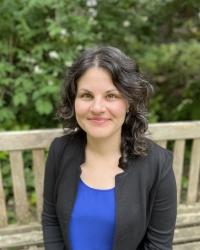Event

In the era of a wealth of data from the sky, new perspectives can lead to parametric improvements in discovery reach. I will discuss two ideas that make use of surprising properties of coherent radiation to open new directions for detection.
First is intensity interferometry, which relies on the second-order coherence of light. By recording photon counts rather than electromagnetic fields at a telescope, optical intensity interferometry admits longer baselines and thus greater precision than traditional interferometry. I will describe the Extended-Path Intensity Correlator (EPIC): a proposed telescope array that extends the scope of intensity interferometry. Combined with technological advances, EPIC can achieve unprecedented precision in astrometry with applications including exoplanet detection and black hole measurements.
Second is superradiance: stimulated emission of radiation from an absorbing body. I will discuss how superradiance makes rotating black holes into laboratories for ultralight bosons, including the elusive QCD axion. When a boson's Compton wavelength is comparable to the horizon size of a black hole, the black hole spins down and converts energy into an exponentially growing cloud of bosons. Depending on the bosons' interactions, the resulting systems can be visible across the spectra: emitting gravitational wave radiation, populating the galaxy with axion waves, or appearing as novel pulsar-like objects in the sky.
